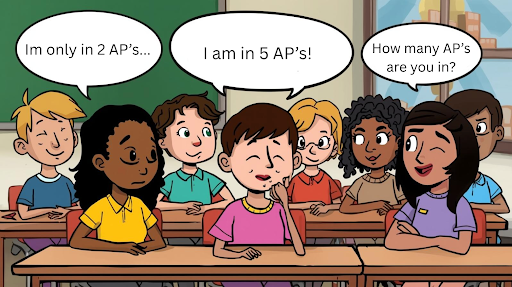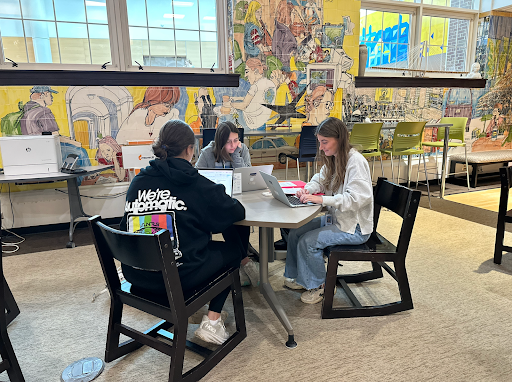The integration of technology in classrooms has revolutionized how students learn, offering access to information and unique interactive tools. From virtual labs to online research databases, technology has transformed education into a much more engaging experience.
However, this evolution of technology comes with lots of potential challenges, including the potential for misuse and over-reliance.
One of the most significant benefits of technology in classrooms is its ability to make learning more inclusive to all students. Students can explore topics through videos, simulations, and online classes which support different learning styles.
For example, students who struggle with traditional textbooks and fast-paced lessons may thrive using visual aids or interactive activities that can be easily produced online. Teachers can also use digital platforms to track progress and build lessons that are tailored to individual students.
Unfortunately, these advantages for students bring new obstacles for teachers. Technology has made cheating significantly easier, enabling students to misuse tools like AI to bypass the effort required for completing assignments.
Plagiarism has also become a big concern, as students can copy-and-paste answers or buy tools like Grammarly Plus to change their writing into more complex ideas than typically expected from high schoolers. Teachers are now tasked with not only teaching academic content but also trying to decipher original student work from generated material.
Also, over-reliance on technology can prevent the growth of essential skills such as critical thinking, problem-solving, and handwriting. For example, a study from The Learning Scientists found that students who handwrite their notes achieve significantly better results than those who type them.
Utilizing the right balance between traditional methods and technological advancements is essential. Schools must familiarize students with online tools while continuing to include foundational skills like reading from books and writing by hand.
By combining these methods of learning, schools can equip students with a well-rounded education that emphasizes both physical and online tools, preparing them for a world where both physical and digital skills are important.
Classrooms should avoid becoming so polarized and begin to balance using online tools with fundamental physical methods of learning.
As technology continues to evolve, the classroom must continue to adapt. By promoting a balanced education, educators can maximize the benefits of technology while mitigating the potential concerns that follow.








